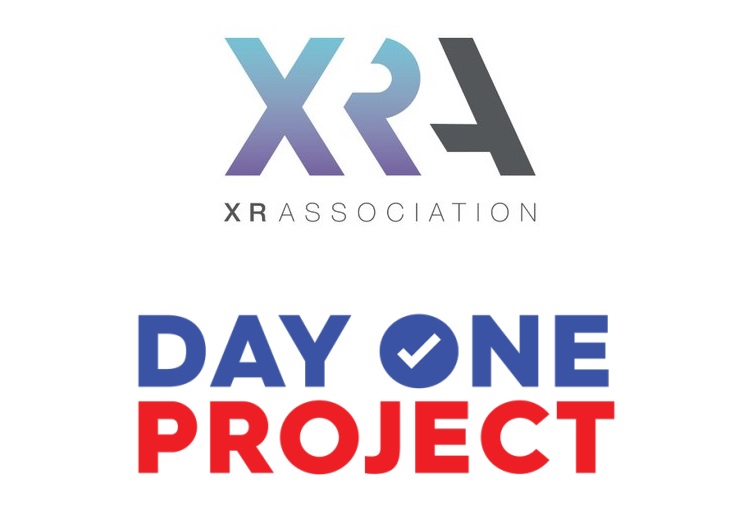
In Augmented Reality, Virtual Reality and Mixed Reality News
January 5, 2021 – The XR Association (XRA) has recently announced that its CEO Liz Hyman has published a paper in conjunction with the Day One Project urging the incoming Biden Administration to utilize immersive technologies (XR) to support workforce development.
The paper, titled “Transforming Workforce Training Through Federal Leadership in XR Technology,” recommends that the federal government partner with industry to achieve two goals:
- To train 50,000 nurses over the next four years through a new program at the US Department of Health and Human Services; and
- To train 50,000 solar-energy installers over the next four years through a partnership between the US Department of Labor and US Department of Energy.
The first goal focuses on what the paper states is “one of the most promising use cases for XR”, and the second on “one of the most in-demand occupations at a time of recession and public health concerns.”
Augmented and virtual reality (AR/VR – collectively XR) technology can enhance a user’s reality, or immerse them in a digital space, making it possible to prepare workers faster and better for high-quality, high-demand jobs. The paper states that government investment in XR will help to supercharge workforce training, helping Americans get into jobs that benefit both workers, as well as society.
According to the paper: “There is bipartisan consensus that the United States needs a coherent policy to nurture domestic development of important new technologies such as artificial intelligence (AI), high-performance computing, advanced communications, biotechnology, and energy science,” and that “Mastery of such technologies underpins the capacity of the United States to effectively compete against economic and strategic rivals.”
The paper argues that XR technology is deserving of a spot on this list of technologies prioritized by US policy, but notes that neither the executive branch of the US government nor US Congress has consistently acknowledged immersive technology as a competitive or national-security priority.
In fact, the paper directly states that the US government’s approach to XR is “nascent and undeveloped”, in contrast to its approach to technologies such as AI, quantum computing, and 5G. Some US government agencies such as the Department of Defense (DoD), the National Aeronautics and Space Administration (NASA), and the Department of Health and Human Services (HHS) have already begun to support XR through acquisition or grants. However many other agencies and officials remain unaware of the transformative capabilities that XR can provide healthcare, education, job training, manufacturing, retail, and entertainment, the paper notes.
As a result, the recommendation is that of a two-part approach for federal action to address these gaps and promote XR:
Part 1 – Launch Proof-of-Concept Pilot Projects: Initial federal efforts should deploy XR at agencies with existing and relevant programmatic infrastructure as well as explicit workforce-development missions. The paper calls for the “immediate injection of XR into problem-solving applications”, with efforts focused specifically on the two near-term goals targeting workforce development training mentioned above.
These near-term initiatives should then be complemented by forward-looking activities that establish government-wide coordination and priority-setting mechanisms, which forms the second part of the approach.
Part 2 – Develop and Implement a Whole-Of-Government Approach to Immersive Technologies: This part involves the inclusion of XR in a set of prioritized basic and applied technologies for the US, as well as the provision of strong federal support for technology development. Finally, the paper recommends that XR policy and initiatives are coordinated through the Office of Science and Technology Policy (OSTP).
For the full paper, click here. For more information on the XR Association, please click here.
Image credit: XR Association / Day One Project
About the author
Sam is the Founder and Managing Editor of Auganix. With a background in research and report writing, he has been covering XR industry news for the past seven years.
